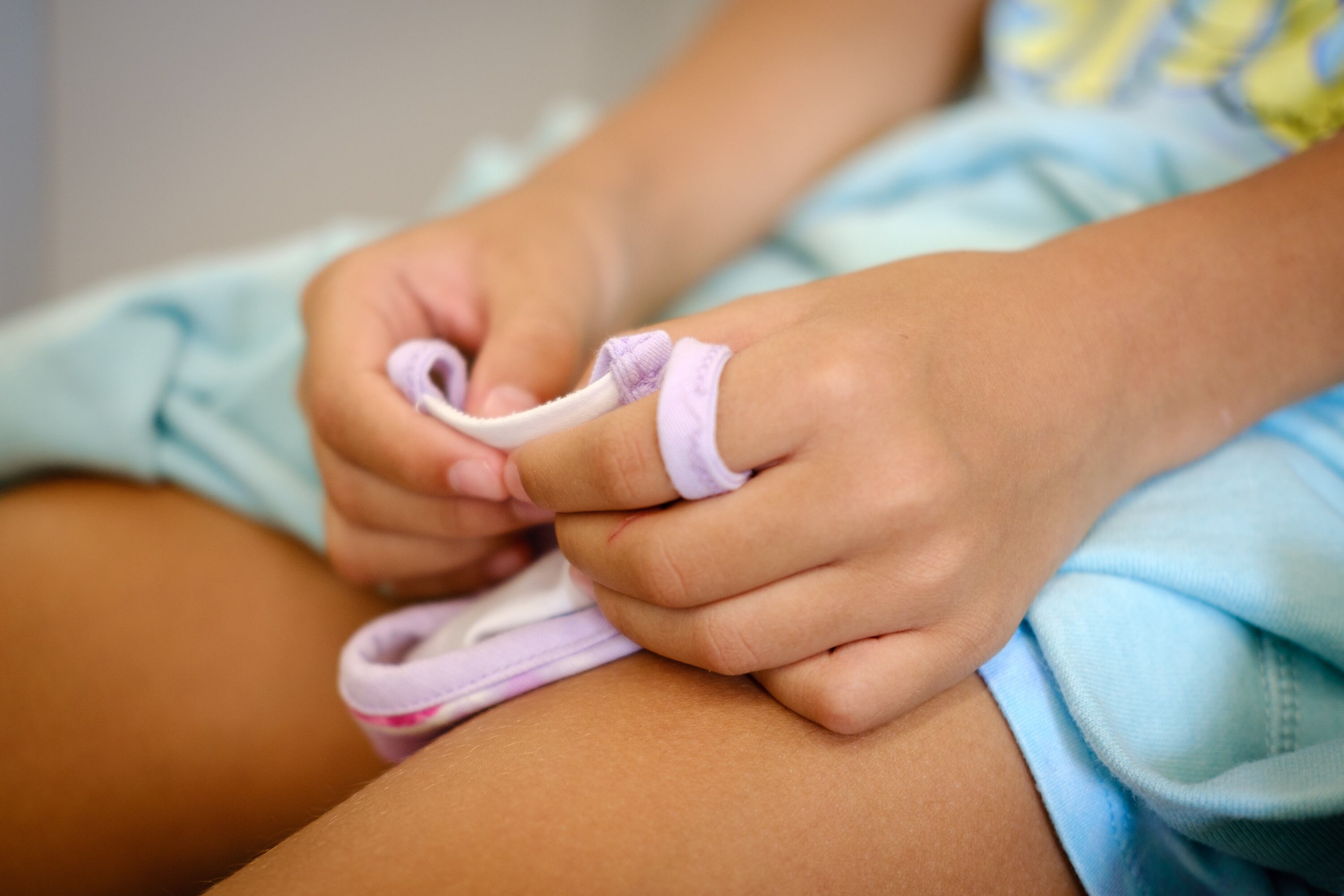Despite strong objections from school districts and charter schools, the House Education Committee put its support behind a wide-ranging bill that limits the use of seclusion and restraint, sets higher standards for school resource officers, and collects more data on discipline practices.
The larger goal of the bill, sponsored by Democratic state Reps. Mary Young of Greeley and Leslie Herod of Denver, is to improve school climate and create a better learning environment.
“We’re trying to create a safe environment where students want to come to school and look forward to coming to school,” Young said.
Students of color and those with disabilities are more likely to be suspended or expelled, referred to law enforcement, and placed in physical holds or seclusion rooms, but it’s hard to know what’s happening in schools that contributes to these disparities.
Supporters, who include education and disability rights advocates, said more consistent and transparent data reporting is a starting point for larger changes, while the limits the bill places on restraints and seclusion will reduce practices that can inflict lasting emotional harm.
Opponents, who include special education directors and representatives of school districts and charter schools, said they support the goals but that the bill would drown them in paperwork to solve an imaginary problem.
“Our current system is working,” said Jon Paul Burdon, director of exceptional student services for the Weld Re-4 district.
Opponents also want a working group to hash out what data-reporting changes make sense, rather than dictating them in law, and they want to maintain current rules for seclusion and restraint.
A 2017 law already bans dangerous prone restraints and requires school districts to conduct annual reviews of their use of seclusion, which means shutting a student in a room, and restraint, which the law defined as putting a student in a physical hold for more than five minutes.
But they don’t have to post that information publicly or share it with the Colorado Department of Education.
A Chalkbeat investigation found wide variations in how school districts tracked and reported this information. Because districts don’t have to submit their annual reviews to any government agency, there is little oversight, and when state regulators identify violations, they don’t have the authority to order corrective action, a gap the bill would address.
The bill makes three main changes.
- It would require the state education department to collect more data on school climate, student discipline, and law enforcement referrals and make that information easily accessible. The data would be broken down by race, ethnicity, disability status, and more to make it easier to see which student groups are most affected.
- It would ban handcuffing students except in limited circumstances and require schools to document physical holds that last longer than a minute. Rooms used for seclusion would have to meet certain safety requirements.
- It would set new standards for school resource officers, including that they have experience working with youth and want to work in schools.
Student behavior presents major challenges
Lisa Humberd, executive director of special education for the Widefield district, described a fourth-grade student with serious emotional disabilities who is working hard on better self-regulation but doesn’t always succeed.
“When she is not able to de-escalate, she becomes physically violent towards herself, other students, and staff,” Humbert said. “Behaviors can include throwing objects at students and staff, from pencils to tables to chairs, books, or laptops, hitting and kicking students and staff, trying to choke students and staff, trying to choke herself, trying to poke others in the eye trying to stab herself with pens or pencils, head-banging against the wall or floor or tables.”
Restraints for this girl often last two to four minutes, Humberd said. Those restraints don’t require documentation under current law, but would under the new law.
Burdon described an elementary student who has been hospitalized due to self-injury and inflicted injuries on staff that generated workman’s compensation claims. Staff sometimes place the student in a hold multiple times a day. Under the bill, each hold would generate one to two hours of additional paperwork, he said.
“We’re already facing the largest teacher shortage on record, and people are leaving the field due to the unmanageable burdens constantly added to teachers, administrators, and specialized staff,” he said. “We need good people to care for our children in our schools.”
Humberd and Burdon said restraint is used only as a last resort, staff are well trained, and parents are involved in developing behavior plans.
Pam Bisceglia, executive director of Advocacy Denver, painted a different picture based on parent reports. Their child may come home from school with a few stickers missing from the chart that tracks good behavior, and then, after dinner and a bath, they notice bruises. Their embarrassed child reports he was restrained at school.
“The parent wonders why didn’t anybody call them and let them know that this had happened during the school day,” she said.
By documenting any restraints that last longer than a minute, parents, therapists, and school staff can work on preventing future outbursts and the need for traumatic physical holds, Bisceglia said. On a larger level, it would allow districts and the state to see which schools are relying more on restraint and promote better practices.
Teachers who testified in support of the bill said they’ve seen better data drive changes in classroom practices at their schools, changes that were good for students and educators.
Pamela Kaspar, a fellow with Stand for Children, which is backing the bill, said verbal delays and a stressful cross-country move led her son to struggle in school early on. Instead of getting help, her son was sent to the office or home. These suspensions were not documented.
“Had that documentation been provided for us, it would have painted a very grim picture of what the school’s discipline policy looked like, and we would have picked a different school for him sooner,” she said.
In a new school with better support, Tristan thrived, Kaspar said.
“I hope this bill passes,” Tristan, 11, said. “So then kids like me, who are afraid of having the same experience as I did, they don’t have to, and they can have a school that is justice.”
The House Education Committee advanced the bill Thursday evening in 6-3 party-line vote. With less than three weeks left in the session, the bill still needs to pass the full House and Senate, where opponents could still seek amendments.
Bureau Chief Erica Meltzer covers education policy and politics and oversees Chalkbeat Colorado’s education coverage. Contact Erica at emeltzer@chalkbeat.org.







